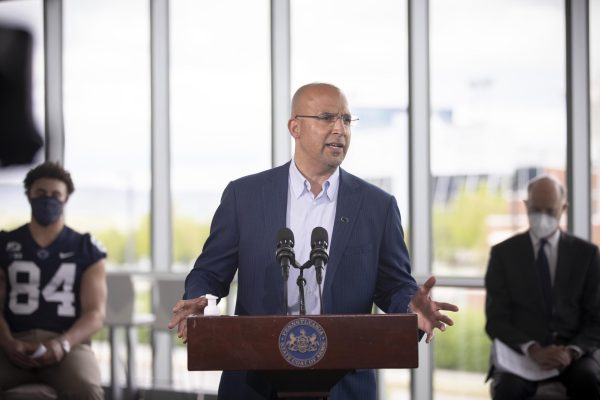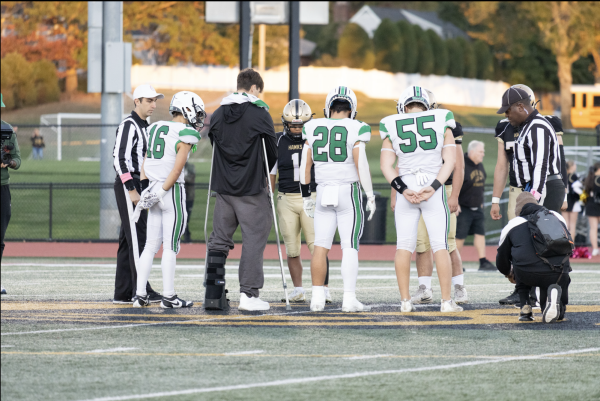Daylight savings: A thing of the past?

Daylight savings will take place on March 12, where we will be advancing the clocks by an hour.
When I think of daylight savings, two phrases come to mind: thank goodness or dang it. For students, one more precious hour of sleep or an hour stolen from us has the ability to make a great or sluggish day.

I can recall waking up early during elementary school and realizing I got another hour of sleep. I was so excited and relieved knowing that an extra hour would be added to my day, meaning another hour of sleep and relaxation.
And, while daylight savings has been a constant occurrence two times a year for 114 years, legislation has been reintroduced to make daylight savings permanent.
The legislation named The Sunshine Protection Act was passed in the Senate last year with a unanimous vote.
“No senators opposed [the bill]. But it stalled in the House and expired at the end of the last session of Congress,” an article entitled Permanent daylight saving time bill gets renewed push in Congress by Christina Zhao stated.
If this legislation does get passed, the time changes in March and November for daylight savings will become permanent.
The general population, however, doesn’t all agree on this issue, as there has been much debate circulating around getting rid of daylight savings.

According to the American Academy of Sleep Medicine, the argument for permanent time is “that standard time more closely aligns with the daily rhythms of the body’s internal clock.”
One of the reasons there is an argument to keep daylight savings is because it adds one more hour of natural daylight, according to an article entitled The Never-Ending DST Debate.
So, on March 12, 2023, will we be participating in daylight savings?
For now, yes. Our clocks will spring forward to 2 am, making me say “dang it, I lost an hour of sleep.”

Sarah Shapiro is a senior who has been in The Valley Echo since her freshman year. She became an editor in her junior year and editor-in-chief in her...











